India is the seventh largest country in the world. A “land of unity in diversity,” it supports 17% of the Earth’s population and is also the birthplace of yoga, martial arts, chess, as well as four major religions: Hinduism, Jainism, Sikhism, and Buddhism. With 29 states and seven union territories, it’s the largest democracy and English-speaking nation in the world. Covering 1.2 million square miles, photographers could spend their whole lives snapping pictures of its emerald fields, white dunes, jutting mountains, and salt-bottom lakes. It’s a cultural melting pot with a story around every corner. To narrow it down, we’ve compiled a list of eight stunning locations to capture.
1. Kolcutta
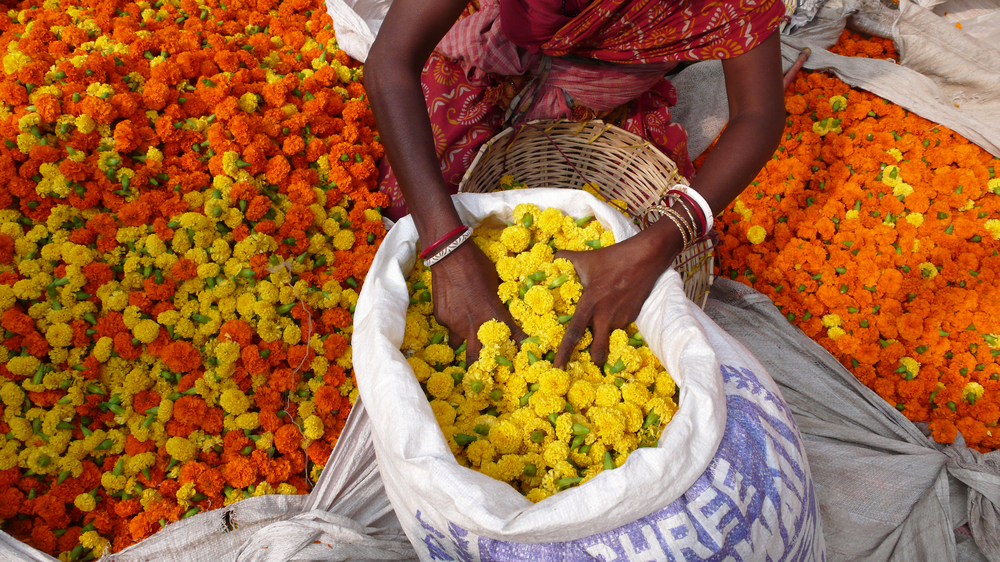
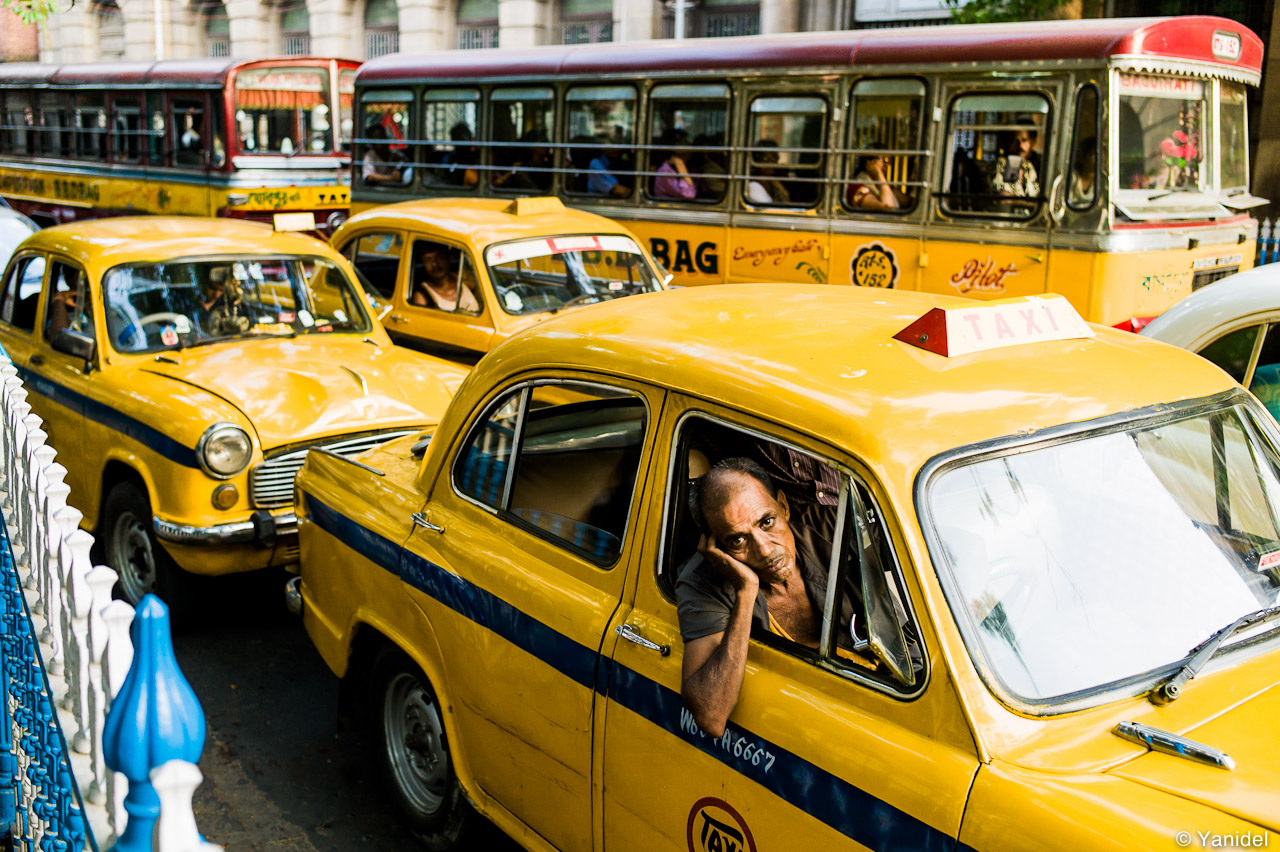
Courtesy of Yanidel Photography.
Kolkata, meaning the “Ground of the Goddess Kali,” is the capital of West Bengal. This “city of posters” thrives on book fairs, art exhibitions, and concerts. It also has over eight hundred heritage buildings. Many of the building incorporate perky art-deco elements: semi-circular balconies, porthole-shaped windows, cast-iron railings, and sunrise motif gates. Kolkata is also packed with thousands of yellow cabs from the 1950’s. One of the poorest and most overpopulated regions of India, the city is full of sharp contrasts and contradictions. This allows you to juxtapose people and their environment, capturing the irony, sadness, humor, and beauty of everyday Indian life.
2. Chennai
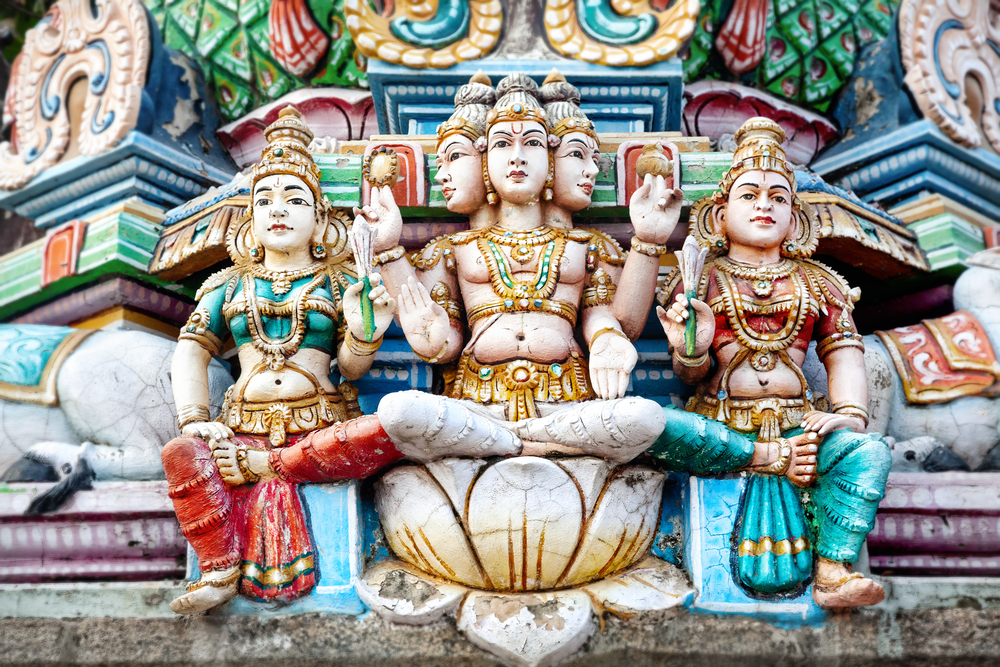
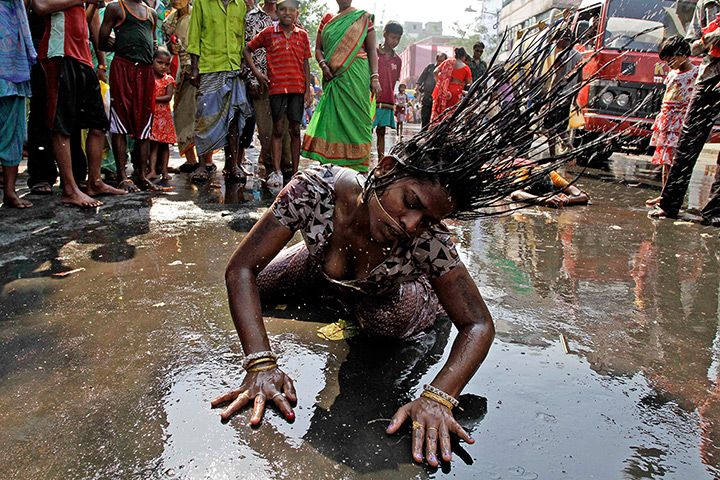
Courtesy of Rohit Markande.
Chennai is the capital of Tamil Nadu. Roughly 165 square miles, this “Gateway to Southern India” is home to over 600 Hindu temples. Its oldest holy site is the Parthasarathi Temple, which was erected in the 8th century by Pallava rulers and dedicated to the Hindu god Krishna. Chennai is the perfect place to snap pictures of Hindu worshippers performing puja, offering their gods musical entertainment, ceremonial baths, exquisite gifts, and sacred flames. A word of caution: some Hindu temples prohibit cameras, menstruating women, married men, and non-Hindus. Luckily, Chennai has roughly 2,000 sidewalk idols that are surrounded by devotees at sunrise, noon, sunset, and midnight. A sidenote: it’s illegal and rude to block sidewalks with your tripod, so you might want to lug along a hand-held tripod.
George Town, a crime-infested, development-deprived district in Northern Chennai, is a treasure house of stories, an epicenter of interesting incidents—such as the 18th century intra-caste riots between righties and lefties. It’s a photographic paradise strewn with actors in every caste and historical, crumbling buildings that’ll leave your viewers captivated by your images’ intrinsic stories. However, this coastal city’s crowning jewel is its shimmering white beaches and calm waters. Marina Beach, the longest beach in India, has 20,000 visitors per day. You’ll want to pack a wide angle lens; telephoto lenses will attract too much attention and make your subjects feel uneasy. Plus, a wide angle will force you to get close enough to capture the designs on women’s saris and the texture of their skin, allowing viewers to feel like their part of a scene rather than just a voyeur peeking in.
3. Mumbai
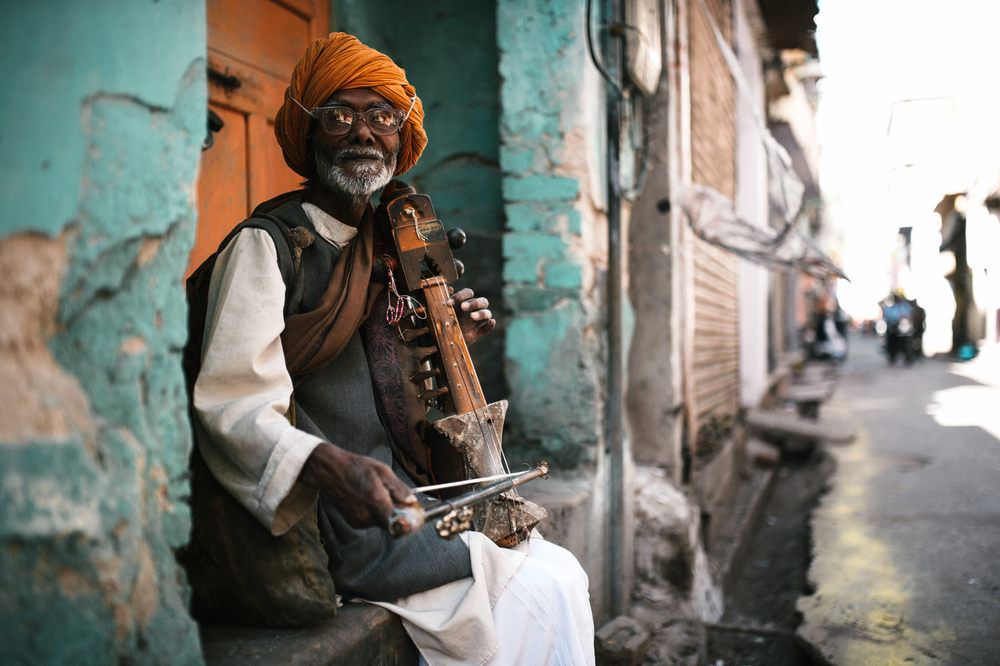
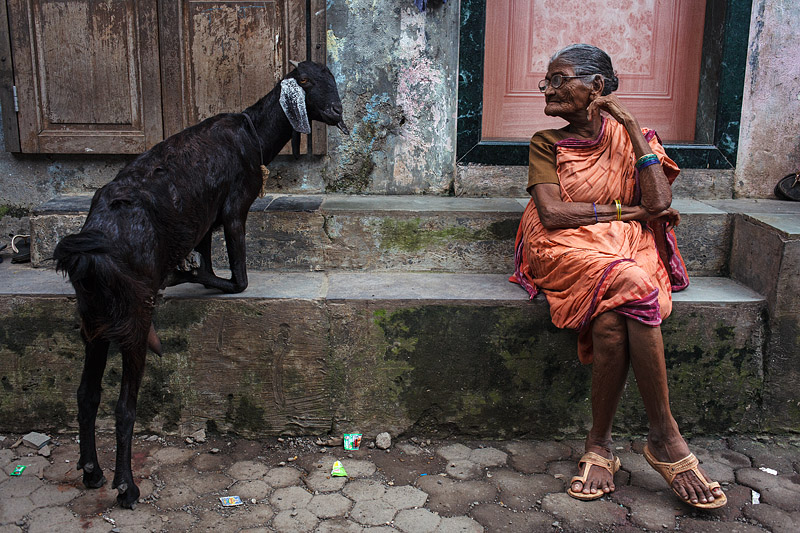
Courtesy of Maciej Dakowicz.
Mumbai is the capital of Maharashtra. Built on an ancient settlement and named after Mumba, a form of Parvati, Shiva’s wife, it’s India’s most populous city with 77,000 residents per square mile. Known as Bombay during the British colonial period, Mumbai is a hodge-podge of religions: Hindus, Muslims, Christians, Buddhists, Jews, Sikhs, Jains, and Zoroastrians. Its Gothic buildings, crowded bazaars, ancient fisherman villages, and golden beaches, which are popular bathing spots, will provide ample street photography opportunities.
4. Udaipur
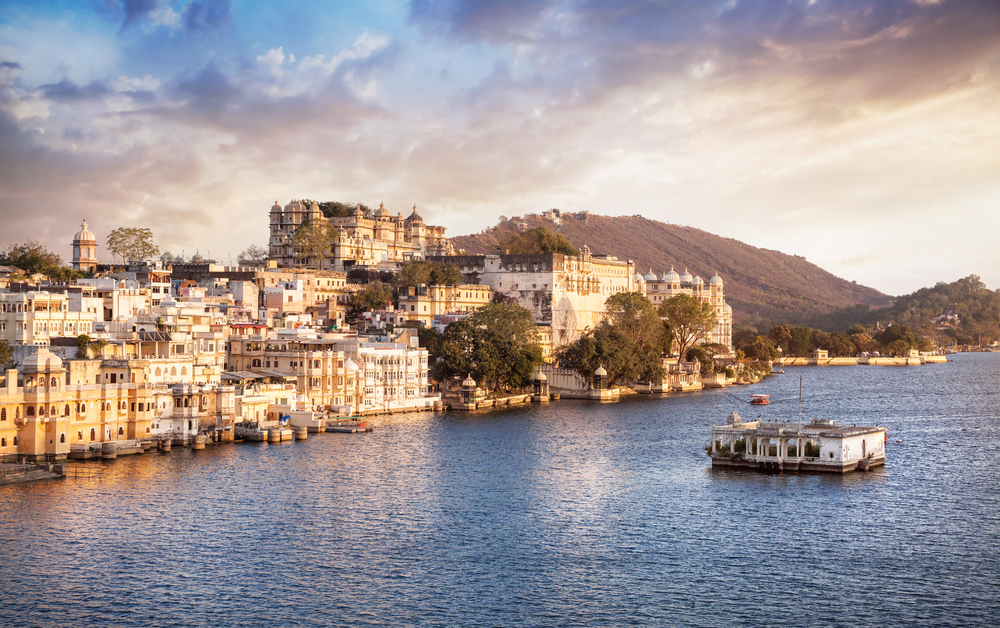
Udaipur is located in southern Rajasthan. It was founded by Udai Singh in the 16th century. The “City of Sunrise” is surrounded by artificial lakes, white marble palaces, and crooked, colorful streets. Overlooking Lake Pichola, Udaipur’s City Palace is composed of 11 palaces and famed for its intricate peacock mosaics. The city is also considered to be the most romantic spot in India. It’s a tourist-heavy area where lovers glide along in wooden boats; embrace in its ancient bazaars; and explore the country on horseback —the classic ingredients for candid street photography.
5. Jaisalmer
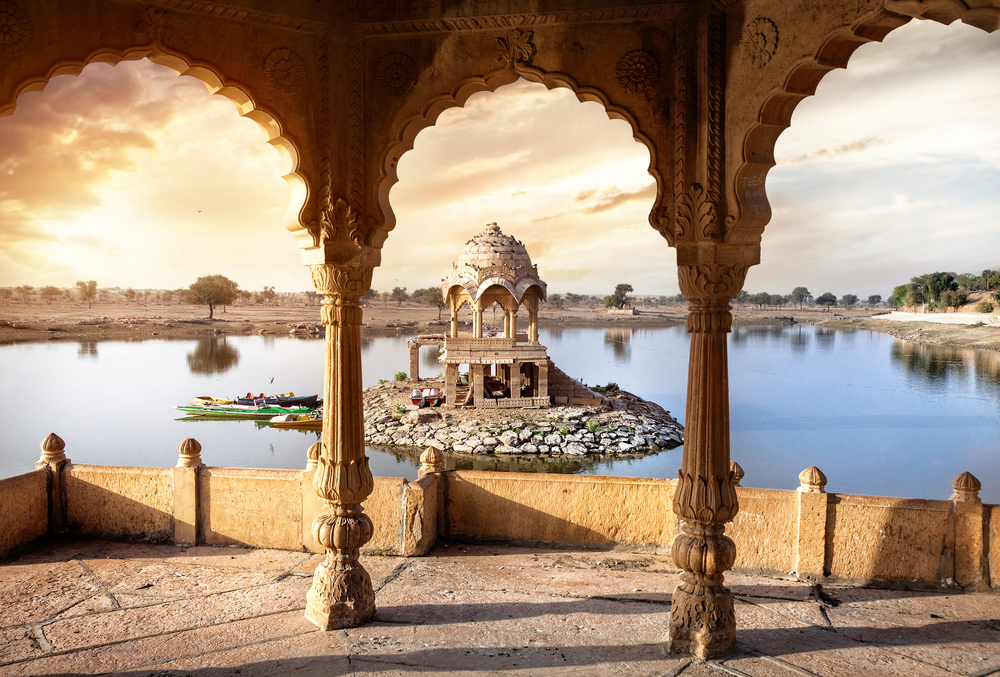
Jaisalmer is located in the heart of the Thar Desert in Rajasthan. This “Golden City” is famous for its sandstone fort, Sonar Quila, a massive sandcastle that rises from the dust like an ancient-era mirage. Jaisalmer, Rajasthan’s biggest tourist destination, is famous for its Jain temples dedicated to Chandraprabhu and built before the 15th century. Cameras are allowed for 50 rupees, but photographers must remove their shoes and all other leather articles, such as belts, wallets, and purses. Camels safaris offer views of its rolling sand dunes while narrow bazaars provide camel leather items, local Bhang chocolates, puppets, and mirror-embroidered items.
6. Kochi
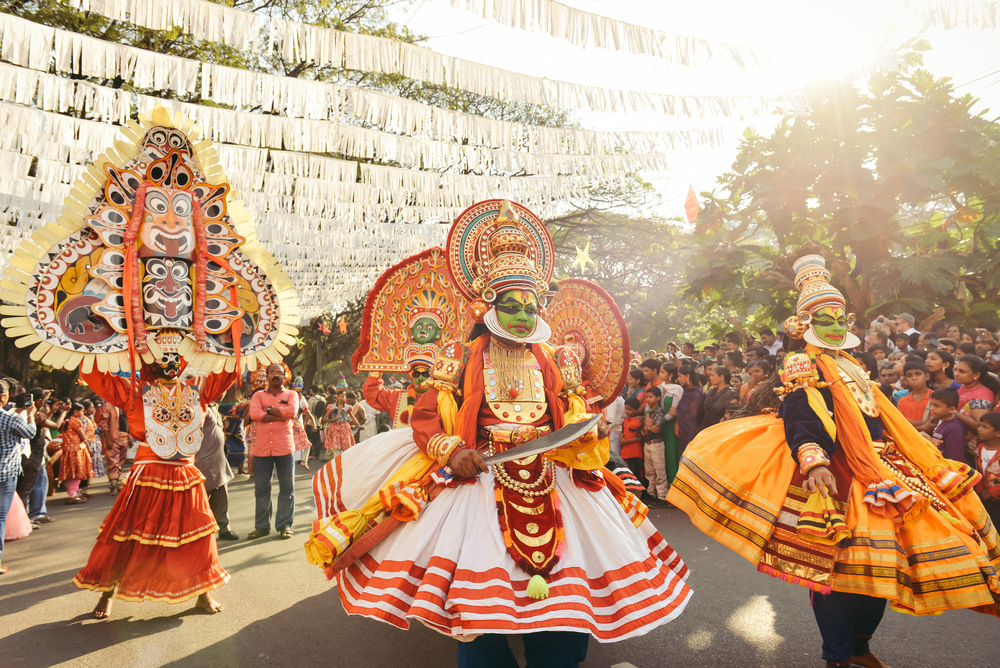
Kochi is located in west-central Kerala. Dubbed the “Queen of the Arabian Sea”, Kochi is renowned for its peppers, cardamom, coir, coconut, and copra. Conquered by Portuguese viceroy Afonso de Albuquerque in the 16th century, Kochi dotted with picturesque lagoons and backwaters. Home to the Indian Navy, its deepwater harbor is open year round, even during the monsoon season, so you’ll want to wrap your camera in a waterproof case. A mix of Dutch, English, and Chinese architecture, Kochi, ironically, has the largest Jewish community in India, dating back to 300 A.D.
7. Bundi
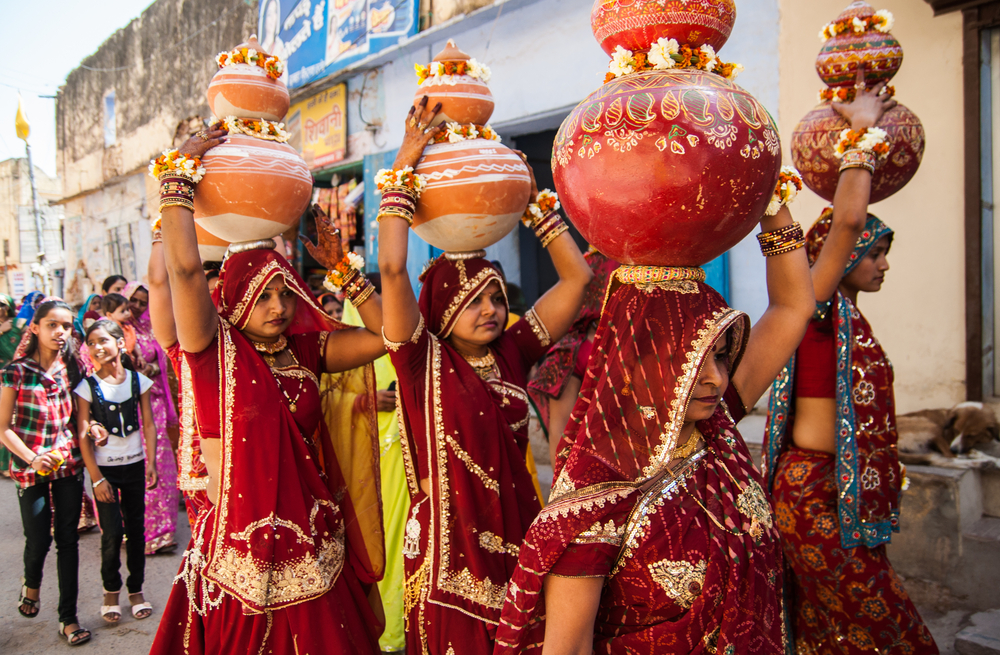
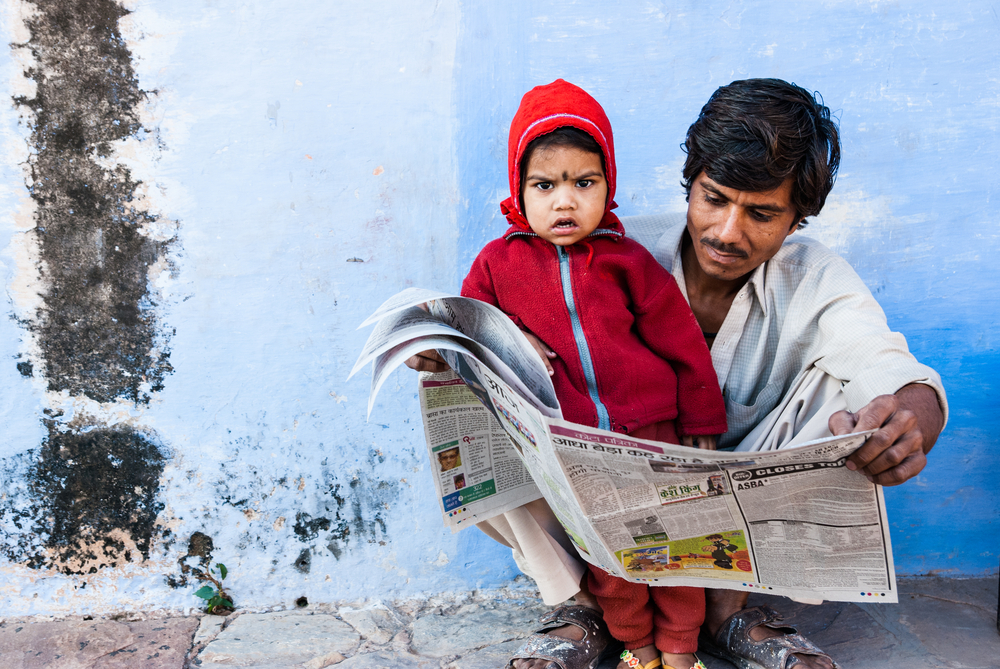

Courtesy of Sasikumar Ramachandran.
Bundi is located in southeastern Rajasthan. Named for Bunda, a 13th century Chauhan chieftain, its winding lanes are speckled with Brahmin blue houses, bustling bazaars, grazing cows, caramel-colored camels, and crystal lakes. With its towering temples and castles decorated in “Bundi-style” frescoes, it seems frozen in time.
8. Bikaner
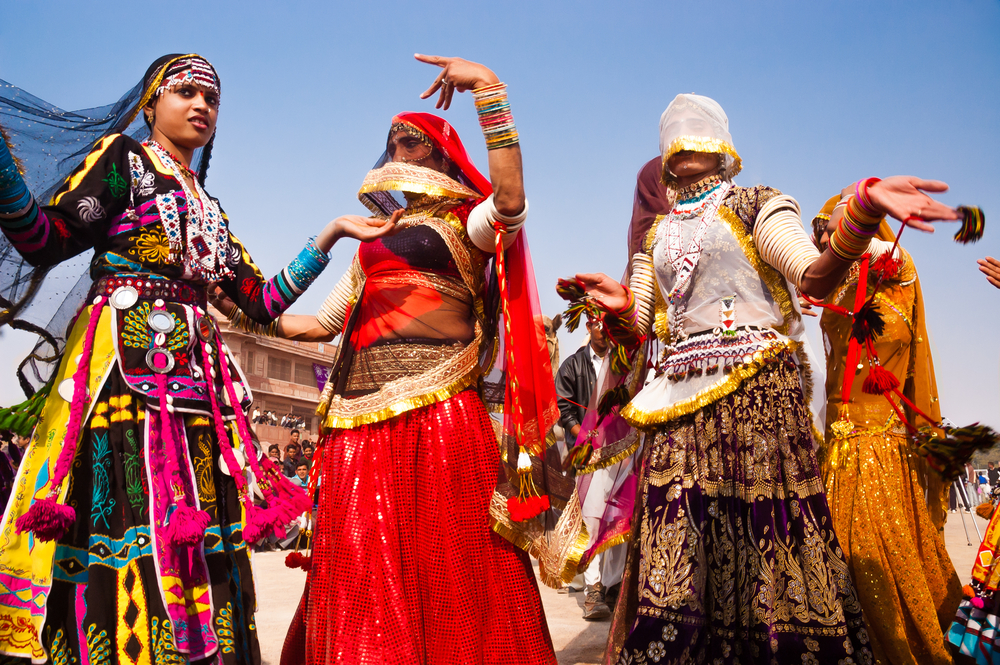
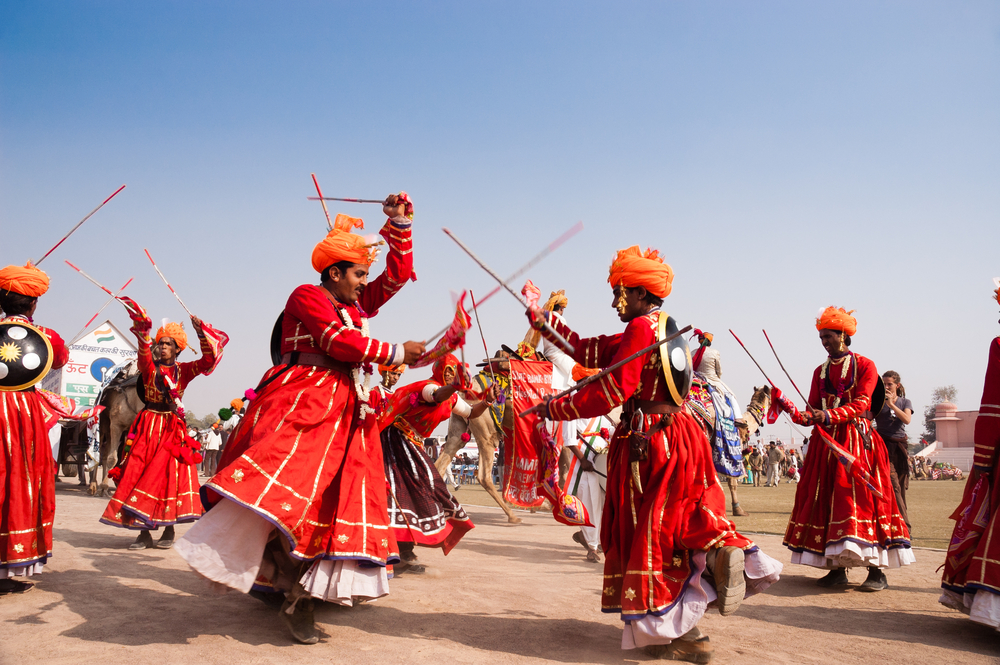
Bikaner was founded by Rao Bika in 1488 A.D. and is the fourth largest city in northwestern Rajasthan. This vibrant, dust-swirling desert town is the location of Junagarh Fort: a place chiseled from red sandstone, yellow sandstone, and Carra marble for Raj Singh. Other popular hotspots include Karni Mata Temple, a world famous shrine built for Karni Mata, an incarnation of the goddess Durga, and the Laxmi Niwas Palace, designed by the British architect, Col Samuel Swinton Jacob in the early 20th century. Bikaner is the place to go for everything camel, including camel farming, camel festival, camel beauty contests, and camel caravans.








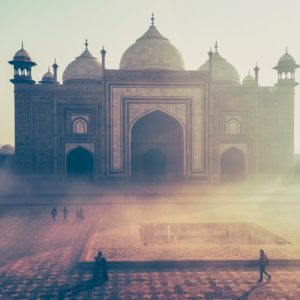
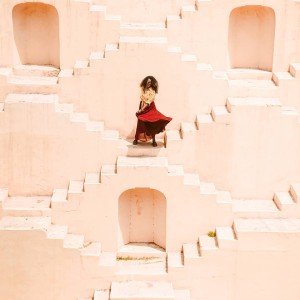

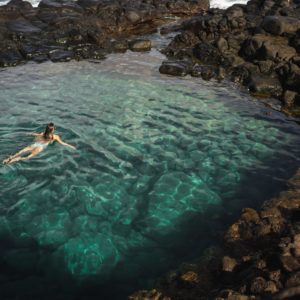
Leave a reply